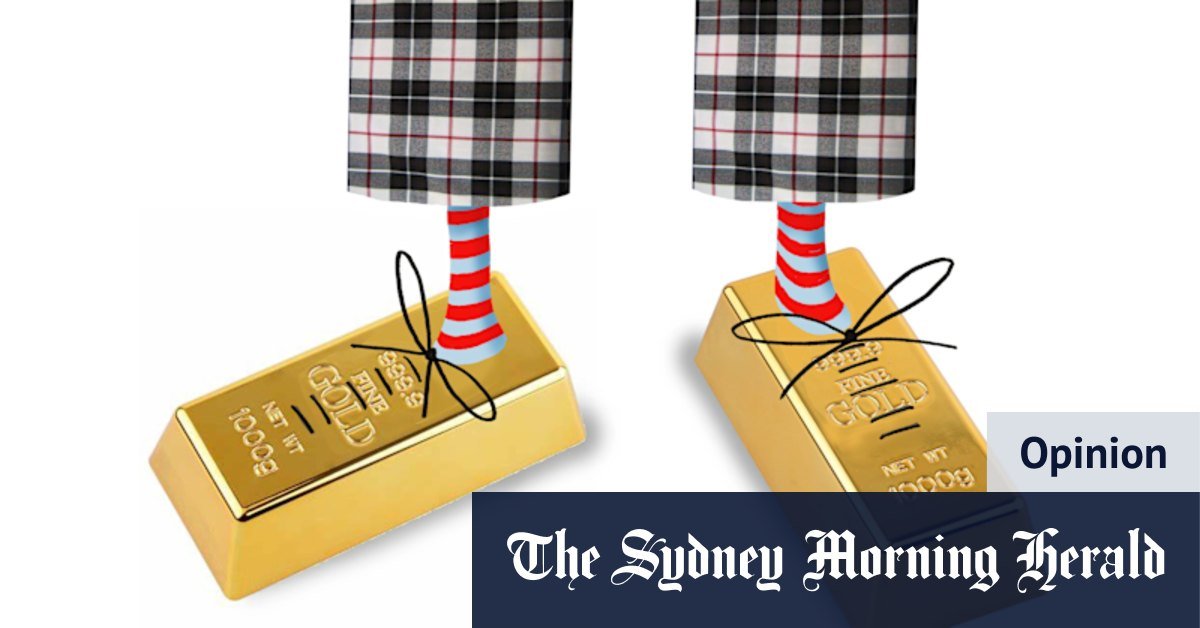I’m confused about how Centrelink assesses the gold and silver I own. I’ve been told they are given a deemed income, even though they don’t actually produce any. Of course, as their value rises, my pension decreases. For context, I own and live in my home, which I purchased more than 11 years ago, and still have a mortgage. When I sell an asset, the proceeds go into my mortgage savings account to pay off my principal and interest, meaning my overall asset value remains fairly static.
You are correct that gold and silver are subject to deeming under Centrelink’s rules. This means that even if you do not sell them, their assessed value can impact your pension.

Though they don’t produce an income, your gold assets could still be weighing down your pension.Credit: Simon Letch
If you sell part or all of your metals, you must notify Centrelink. While your metal holdings decrease, your bank balance increases, which Centrelink will reassess. When you pay Capital Gains Tax (CGT) to the ATO, this reduces your bank balance. Once the payment is made, you should report the lower balance to Centrelink, which may result in a higher pension.
If you are receiving only a part pension due to asset limits, you might consider using the proceeds from selling metals to pay down your mortgage.
Centrelink does not count the mortgage balance as an offset against assets, but selling assessable assets such as metals to reduce your mortgage moves that wealth from an assessable to a non-assessable category. This could lead to an increased pension.
I’m 57, have $815,000 in super, and own my home worth $1.3 million. My employer pays super into my fund about six weeks after payday — I get paid on the 14th, but my super doesn’t appear until the 28th of the following month. They say this is legal for employer contributions. But I also salary-sacrifice each month to reach the cap. Since that’s my money, shouldn’t it go into my super account the day I’m paid? I’d prefer my investments to start working straight away.
There is no legislative timeframe placed on employers for paying salary sacrifice contributions to an employee’s super fund. You’ve reached that fortunate position where the earnings on your investments far outweigh your contributions.
For example, if you have $815,000 in super, the annual growth should be at least $57,000 a year, or $1000 a week. If your maximum contributions are $30,000 a year, your net figure after the 15 per cent contribution tax is $25,500, which comes to just $2000 a month.
The timing of contributions – $2000 a month net – is minuscule compared to the size of your fund. In any case, because you are in the balanced and growth areas, unit prices fluctuate daily.




